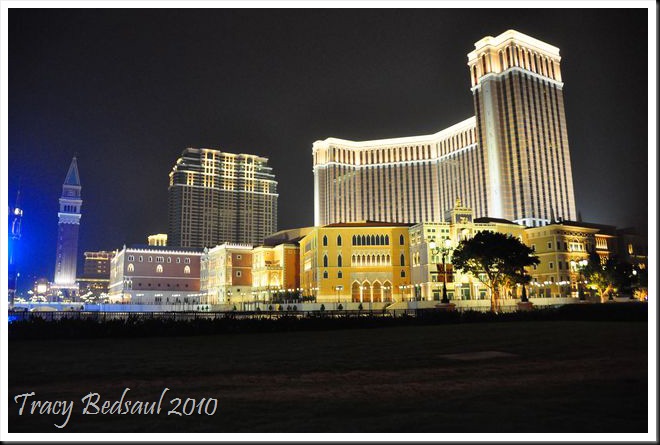Here is a sneak peak to one of our upcoming blogs! This was taken at sunrise while we were hiking between Ping‘an and Dazhai in the Guangxi region of China. The hike was gorgeous and getting up to the top of the terraces for sunrise was definitely worth it! Don’t miss this hike if you are in the area!
Sunday, September 26, 2010
Wednesday, September 15, 2010
Limestone Karsts and Meandering Rivers - Yangshuo, China pt.1
Number of Days spent: 6 days
Where we stayed: Yu Lan Gee Hotel (100RMB/$15) Quiet and just a stones’ throw from the bustling Xi Jie (West) street. It’s located on the same street as the McDonalds but opposite side (the sign is in Chinese only). The owners were friendly, but spoke very little English – a sign of things to come for sure.
Best Restaurant: Kelly’s Place served up decent Western fare and the place next door to Kelly’s had the best dumplings in town that we tried in Yangshuo (Minority Cafe). If you are looking for the poor farmer’s breakfast dish, mi fen, 5RMB (around .75 cents) will get you a filling and delicious soup (our pick every single morning). Many places in town (and all over China for that matter) serve this – just look for the shops filled with people eating soup with chopsticks. The one we enjoyed the most was four blocks north of McDonalds on the southwest corner of the block.
Best of: Some of the most spectacular scenery in all of China, Olympic style show set on the river, Wonderful local markets in the surrounding villages.
Worst of: What started out as a nice leisurely ‘cruise’ down the Yulong River ended with a 3 hour standoff between us and the people trying to rip us off. Read below for details. Here’s one of the boatmen we had the standoff with.
![DSC_1722 [1600x1200] DSC_1722 [1600x1200]](http://lh3.ggpht.com/_XPN-SmOfumQ/TI1Qcr2TRsI/AAAAAAAAGH4/3oADwRZ8a6Y/DSC_17221600x1200_thumb9.jpg?imgmax=800)
Useful tip: To avoid all the frustration, sometimes it’s best just to go with a guide. For around 100RMB per day, Lilly will show you around and book just about anything in the area that can be booked for little or no extra cost to you. The afore mentioned boat ride would have cost 180RMB with her – but it would have been legit and hassle free.
Visit Lilly's website:
http://lillylu.webs.com/Index.html
Contact with Lilly via mobile phone:
+86 138 7737 3880
+86 135 5766 8442
Most Memorable: In what is otherwise one of the largest tourist traps…ever…we met one of the sweetest girls. Read Pt. 2 for more…
After the bright lights of Hong Kong and the fast paced growth and gambling of Macau, it was time to slow things down a bit. We cleared border formalities, navigated massive Guangzhou (pop. 10+ million) and found the night bus to Yangshuo.
While we got away from the big city life, there was no getting away from the 1 billion Chinese. In one of the fastest growing economies the world has ever seen, China’s middle class are on the move. Yangshuo and it’s bigger brother, Guilin, have become popular tourist destinations thanks to their proximity to some of the most beautiful scenery in all of China. Limestone karsts, peaks of rock covered by lush greenery, just up from an otherwise level countryside. The scene is known by every Chinese citizen as it appears on the back of a 20RMB note – the equivalent of our $5 bill.
Ok, so the town itself is a little overrun, but don’t let that stop you from coming here. The vast majority of visitors take the boat cruise from Guilin to Yangshuo and few venture far from the confines of town. This leaves the rest of this beautiful area open for independent exploring with little to no tourists. Whether you leave town by boat, bicycle or electric scooter (one of the few places in China that foreigners are allowed to drive one) the surrounding country provides a wealth of scenery to be explored.
Just south of town lies the Yulong River. We rented bikes for the day and rode out to the Dragon Bridge. At 600 years old, this stone arched bridge is one of the oldest and largest stone bridges in the province. In this part, the Yulong river is tranquil and calm making it an attractive place for engaged couples to have wedding photos shot. Loaded aboard makeshift bamboo rafts, the bride (dressed in her wedding gown) and the groom (usually dress in an untucked shirt with a tie and blue jeans!?!) pose in front of the surrounding lush green hills.
![DSC_1521 [1600x1200] DSC_1521 [1600x1200]](http://lh3.ggpht.com/_XPN-SmOfumQ/TI1Qe1KiG6I/AAAAAAAAGIA/RneDWIR2zbg/DSC_15211600x1200_thumb9.jpg?imgmax=800)
![DSC_1580 [1600x1200] DSC_1580 [1600x1200]](http://lh4.ggpht.com/_XPN-SmOfumQ/TI1QgPmqbKI/AAAAAAAAGII/qxRfpK6O4Js/DSC_15801600x1200_thumb9.jpg?imgmax=800)
![DSC_1640 [1600x1200] DSC_1640 [1600x1200]](http://lh5.ggpht.com/_XPN-SmOfumQ/TI1QhJurA0I/AAAAAAAAGIQ/2AOKpjNSeak/DSC_16401600x1200_thumb9.jpg?imgmax=800)
![DSC_1548 [1600x1200] DSC_1548 [1600x1200]](http://lh4.ggpht.com/_XPN-SmOfumQ/TI1QikdI72I/AAAAAAAAGIY/ekJMh85QFZ4/DSC_15481600x1200_thumb11.jpg?imgmax=800)
![DSC_1674 [1600x1200] DSC_1674 [1600x1200]](http://lh4.ggpht.com/_XPN-SmOfumQ/TI1QkG8q0gI/AAAAAAAAGIg/N2bx5p45gio/DSC_16741600x1200_thumb8.jpg?imgmax=800)
![DSC_1576 [1600x1200]b DSC_1576 [1600x1200]b](http://lh5.ggpht.com/_XPN-SmOfumQ/TI1QlaAmZ3I/AAAAAAAAGIo/NQSl1l8DraE/DSC_15761600x1200b_thumb11.jpg?imgmax=800)
After grabbing a bite to eat, we set out to negotiate a boat ride back to town. After negotiating what we felt was more than fair for a two hour ride (145 RMB/$20) on a bamboo raft, we sat out down the river – two beers in hand and looking forward to a relaxing couple of hours. The scenery alone makes the trip well worth it. As an added bonus, there are a couple of short ‘waterfalls’ that you glide over and get splashed just enough to feel good.
![DSC_1518 [1600x1200] DSC_1518 [1600x1200]](http://lh6.ggpht.com/_XPN-SmOfumQ/TI1QnBcIGPI/AAAAAAAAGIw/dmi8HBrPUgs/DSC_15181600x1200_thumb9.jpg?imgmax=800)
![DSC_1633 [1600x1200] DSC_1633 [1600x1200]](http://lh3.ggpht.com/_XPN-SmOfumQ/TI1QpLwZYHI/AAAAAAAAGI4/PuQ3XfvI4DY/DSC_16331600x1200_thumb9.jpg?imgmax=800)
![DSC_1671 [1600x1200] DSC_1671 [1600x1200]](http://lh5.ggpht.com/_XPN-SmOfumQ/TI1QqUv-aKI/AAAAAAAAGJA/2di7RWMNK0M/DSC_16711600x1200_thumb8.jpg?imgmax=800)
![DSC_1676 [1600x1200] DSC_1676 [1600x1200]](http://lh3.ggpht.com/_XPN-SmOfumQ/TI1QsIc1kfI/AAAAAAAAGJI/4lud38UyTsQ/DSC_16761600x1200_thumb8.jpg?imgmax=800)

Suddenly we stopped one hour into the ride and were asked to get out at a place that was not where we had agreed to ride till. Foolishly, we had paid upfront – trusting the little ladies we had negotiated with. We refused to get out of the raft until they refunded half our money or take us the rest of the way. 56.5 RMB and the sun now set, we caved in and took what they had, feeling confident that we had taken all the money that they had on them and the truck that was sent to collect the boat but still upset that the one that sold us the ticket was no where to be seen or heard. We later learned that they do this sort of thing all the time. They sell you a ‘ticket’ that has been used and take people down the river all the way to the point just before the police checkpoint as to pocket all the money you thought you were paying for the ticket as well as the ride.
![DSC_1606 [1600x1200] DSC_1606 [1600x1200]](http://lh5.ggpht.com/_XPN-SmOfumQ/TI1Qx9lwFbI/AAAAAAAAGJY/iT1o0JLKyaw/DSC_16061600x1200_thumb9.jpg?imgmax=800)
![DSC_1720 [1600x1200] DSC_1720 [1600x1200]](http://lh3.ggpht.com/_XPN-SmOfumQ/TI1QzlZLQII/AAAAAAAAGJg/awnPvR-Ljyo/DSC_17201600x1200_thumb9.jpg?imgmax=800)
For our next river trip, and upon recommendation of our friends Susan & Roger, this time on the Li, we took the wiser route and hired Lilly for the day. In general, the karsts that line the Li are larger and more impressive than along the Yulong. The river itself is also larger making it a much busier river. Large dinner-cruise boats plow the river from Guilin to Yangshuo. To keep the tourists coming to Guilin, they only operate one way and go back upriver empty so if you want to take the full cruise, you have to stay in Guilin for at least one night. An alternative is to catch the local bus up to Yangdi and hire a boat from there.
![DSC_2137 [1600x1200] DSC_2137 [1600x1200]](http://lh5.ggpht.com/_XPN-SmOfumQ/TI1Q0mRh2ZI/AAAAAAAAGJo/gbdAGcNVmds/DSC_2137%20%5B1600x1200%5D_thumb%5B8%5D.jpg?imgmax=800)
Considered the most beautiful stretch of the Li, the area between Yangdi and Xingping is the most photographed and busiest. We however, preferred the Yulong River to the Li. In any case, we opted for a short boat ride and then a couple hour hike through a couple of villages.
![DSC_2138 [1600x1200] DSC_2138 [1600x1200]](http://lh3.ggpht.com/_XPN-SmOfumQ/TI1Q2Vt0ngI/AAAAAAAAGJw/qxGKPWWuZCU/DSC_2138%20%5B1600x1200%5D_thumb%5B5%5D.jpg?imgmax=800)
![DSC_2143 [1600x1200] DSC_2143 [1600x1200]](http://lh4.ggpht.com/_XPN-SmOfumQ/TI1Q4RUt9VI/AAAAAAAAGJ4/VZqldyGLvPs/DSC_2143%20%5B1600x1200%5D_thumb%5B5%5D.jpg?imgmax=800)
There’s no better way to advertise your countries natural beauties than to affix images of hem to your money. The Y20 note features this scene just outside of Xingping…well almost. Worried that their efforts would lead to counterfeiters taking pictures of the same spot, the picture on the currency features an additional karst that does not exist. Ahhh China, is there nothing in this world that you cannot forge, fake, copy or steal?
![DSC_2186 [1600x1200] DSC_2186 [1600x1200]](http://lh5.ggpht.com/_XPN-SmOfumQ/TI1Q58wQ0sI/AAAAAAAAGKA/4VQ48HzwgxI/DSC_21861600x1200_thumb11.jpg?imgmax=800)
The town of Xingping proper is over 1000 years old and provides a charming secondary option to staying in Yangshuo or Guilin. There are a handful of charming cafes, a small riverfront area and all the usual shopping that appears virtually everywhere in China.
![DSC_2188 [1600x1200] DSC_2188 [1600x1200]](http://lh5.ggpht.com/_XPN-SmOfumQ/TI1Q8INvViI/AAAAAAAAGKI/nW7DYHgZQMY/DSC_21881600x1200_thumb9.jpg?imgmax=800)
![DSC_2191 [1600x1200] DSC_2191 [1600x1200]](http://lh4.ggpht.com/_XPN-SmOfumQ/TI1Q-VARmiI/AAAAAAAAGKU/tgfvoBYy0E8/DSC_21911600x1200_thumb9.jpg?imgmax=800)
While the rivers provide a great setting for catching reflections of karsts in the water, the most famous karst in the area is not near the rivers. For a great overlook of the surrounding area head to Moon Hill. The hike to the top is straight forward but expect to have a ‘guide’ for company anyways. The hills namesake – a moon shaped hole in the side sets the scene for some more great shots of the distant karsts. Once at the top, our ‘guides’ kept pestering us to buy a coke – “Good Americans buy coke at top of hill…you bad American!” They even followed us back down the hill and continued taunting us as we waited to catch the local bus back to town…business must be slow. Moon Hill is super easy to get to, just catch a mini-bus heading south of town and get off around 9kms. Alternatively you could rent a bike and bike here, but taking the minivan is an easier and cheaper alternative with the added advantage of riding with the locals.
![DSC_2201 [1600x1200] DSC_2201 [1600x1200]](http://lh6.ggpht.com/_XPN-SmOfumQ/TI1RAPysy8I/AAAAAAAAGKc/2zA0ld6IbP0/DSC_22011600x1200_thumb10.jpg?imgmax=800)
![DSC_2202 [1600x1200] DSC_2202 [1600x1200]](http://lh6.ggpht.com/_XPN-SmOfumQ/TI1RB79pX4I/AAAAAAAAGKk/hZMb6mPTj9o/DSC_22021600x1200_thumb9.jpg?imgmax=800)
![DSC_2195 [1600x1200] DSC_2195 [1600x1200]](http://lh4.ggpht.com/_XPN-SmOfumQ/TI1RDAFiQxI/AAAAAAAAGKs/ABIQyVz-GM0/DSC_21951600x1200_thumb9.jpg?imgmax=800)
![DSC_2213 [1600x1200] DSC_2213 [1600x1200]](http://lh5.ggpht.com/_XPN-SmOfumQ/TI1REi-lUXI/AAAAAAAAGK0/WHPoC9_DGJU/DSC_22131600x1200_thumb9.jpg?imgmax=800)
![DSC_2219 [1600x1200] DSC_2219 [1600x1200]](http://lh6.ggpht.com/_XPN-SmOfumQ/TI1RGmTubBI/AAAAAAAAGK8/modydzCOtUQ/DSC_22191600x1200_thumb13.jpg?imgmax=800)
Finished with exploring the natural beauty of the Yangshuo area, it was time to explore some of the villages and what the town of Yangshuo itself had to offer. Stay tuned for Yangshuo part II!
Sunday, September 12, 2010
Photo Flashback: Two Years Ago Today I turned 30
We thought it would be fun to have a quick look back to two years ago when we first started our journey. These shots were taken on my 30th birthday and never fail to make my husband laugh at me. Now, 2 years older and certainly wiser I know not to mess with monkeys…or at least I know not to give them bananas directly!
Sunday, September 5, 2010
Luck be a Lady Tonight! Decadence, Delicacies and Delights in Macau, China.
Stats:
Destination: Macau
Number of Days Spent: 3
Where we stayed: Royal Macau Hotel – in a city that’s as expensive as Macau, you might as well go all out. This 4 star hotel had all the amenities you might would expect – Indoor pool, sauna, chandeliers in the lobby, plush king size beds…I don’t think either one of us wanted to leave – but at over $100 bucks a night – time is money.
Best restaurant: More of an institution than a restaurant, Lord Stowe’s has been serving up tasty pastries for nearly a century. Their Egg Tarts are delicious and well worth the trek down to Coloane for. Also in the quaint village of Coloane there is a tasty open air restaurant that serves up excellent seafood – just look for the crowds of people.
The most popular treat for the visiting Chinese are little almond cookies. They are seemingly on every corner in ready to give gift packs to take back and share with your friends and family. Free samples are de rigeour :-)
We didn’t try it but see, the Chinese like “ethnic” food too (In case you can’t read the sign it says “Ireland’s Potato”)! We didn’t try the pig fat cookies either – I think the name says it all.
Best of: Hitting it ‘big’ at the Venetian, fountain and light show outside the Wynn, a little taste of Portuguese culture remarkably exists amongst the rapid expansion.
Worst of: Expensive with little to no ‘cheap’ accommodation or restaurants – Bring your bank roll here. I also never made it to get the Pork Chop sandwich – a local ‘treat’ that eluded us for various reasons.
Most Memorable: Seeing the throngs of touring Chinese gambling the night away and shopping till they drop on Almond Cookies and various dried meat products.
Useful Tip: Taxi’s are relatively inexpensive, but still are the most expensive method of transport. Nearly every hotel in town offers a shuttle to the boat dock to Hong Kong. From there you can catch any of the shuttles to the casinos for free. Want a more direct path? Jump on the bus system – it’s a little confusing but most buses follow the same route so getting on just about any of them will get you in the general area…that is if you know the area!
The other “Two systems, one nation”, Macau lived for centuries in the shadows of Hong Kong. Financial centers based themselves in Hong Kong and Macau continued life with fishing being the main industry. That was until 2001 when the government relaxed gaming regulations. Casinos have since became the main source of income for Macau drawing visitors from Hong Kong, mainland China and all over the world.
But it’s not all about casinos. Macau is rich in culture and cuisine as well. A unique blend of Old World Portuguese charm splashed with Chinese and Buddhism. Cobblestone streets give way to churches and temples alike and the cuisine is equally as unique. Prawns from Goa (another Portuguese port), coconut chicken from Africa and local fish and seafood all blend together in delightful fusion foods long before ‘fusion’ food was a catch phrase.
Religion and superstition has been an integral part of everyday life for many Macanese. With the sea lapping on it’s shores, it’s no surprise that the goddess to the sea is the sight of the most revered temple in Macau. A-ma was a poor girl looking for passage to the mainland harbor of Guangzhou. No one would take her except for one poor fisherman. After a storm destroyed all the other ships and saved the one lone fisherman’s ship – she was immortalized both in name and tale. The name Macau comes from this story – A-Ma-Gau – or the bay of A-ma.
The temple is still an important place of worship today and many superstitious gamblers opt to drop a few coins in the donation slot before trying their luck with other forms of Slots.
While superstitions and Buddhism remaining strong, the catholic influence the Portuguese brought with them also left a lasting mark. All that’s left of the magnificent Church of Saint Paul is the facade, but what a facade! Perched atop a hill, the facade has become one of Macau’s more recognized symbols. Just across a small valley on another hill sits the Monte Fort. Built by the Jesuits (who also built the church) in the 17th century, the fort protected their interests on the peninsula for many years. Today is an excellent museum highlighting the history of Macau from pre-historic times all the way up to the return of Macau to China in the 90’s.
The southern peninsula of Macau plays host to all the glory of the past as well as the future. The elegant 19th century homes of the noble Portuguese are well maintained. Manicured lawns, no vehicles and along a beautiful lake, the setting doesn’t get much better.
History is great and all, but Macau today is Casino central. Prior to 2001, gambling in Macau was a monopoly, one man controlled all the casinos in town and treated it like a strict business. No glitz or glamour – gambling was ran more rigid and controlled. In 2002, things opened up and more casino operators started to move into town. At first it was a few smaller businessmen opening up with, among others, the Lisboa.
It wasn’t long before Vegas caught wind of the excitement and started showing up. Revenues from casinos in Macau have since surpassed Las Vegas and the building continues at breakneck speed all appealing to one of the fastest growing economies in the history of the world – present day China.
We tested out lady luck at The Venetian – currently the world’s largest casino. A sprawling mass of high end shops spread between two malls, gondola rides along the ‘canal’ and lots and lots of flashing and beeping slot machines. Fortunately luck was on our side tonight – we dropped in a few Hong Kong Dollars (the preferred currency although they have their own money with a similar exchange rate) and ended up walking out with $1500 dollars!! Ok, so it’s HK dollars which makes our winnings more like $200 US, but that just about covered our hotel and in a place like Macau, that’s about as good as you can hope for.
Bank Roll and Visa in hand it was time for a real dose of reality and Chinese culture. Next stop – Chairman Mao’s beloved country - communist controlled China!

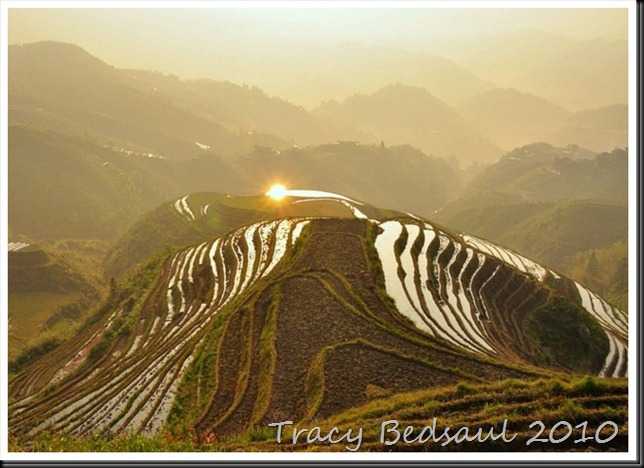
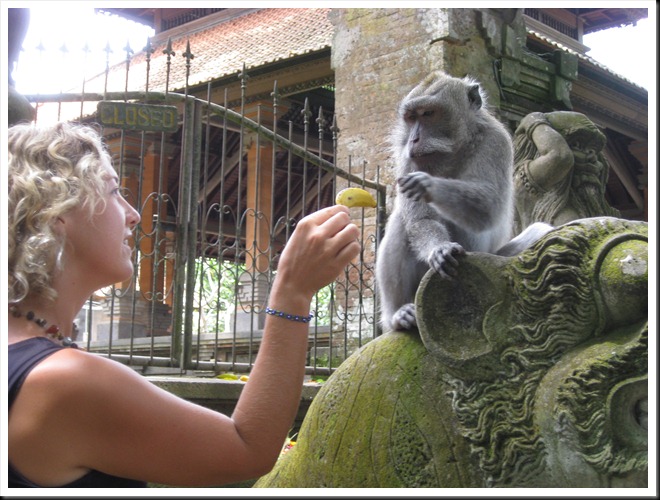
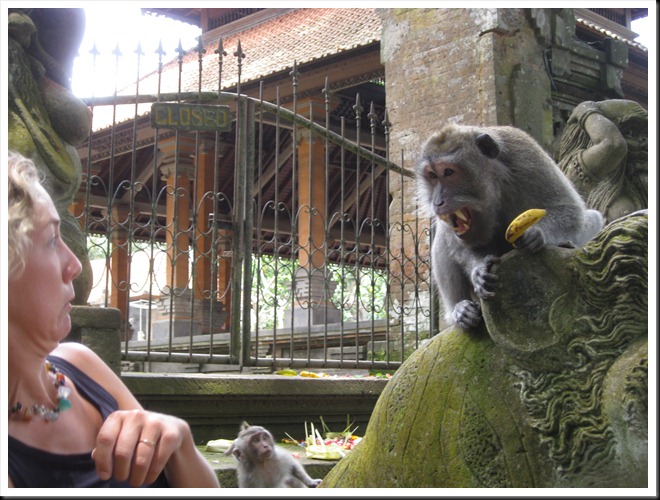
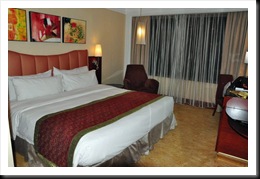
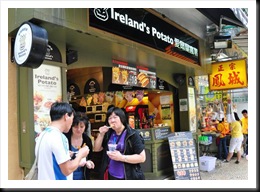
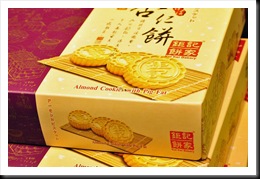
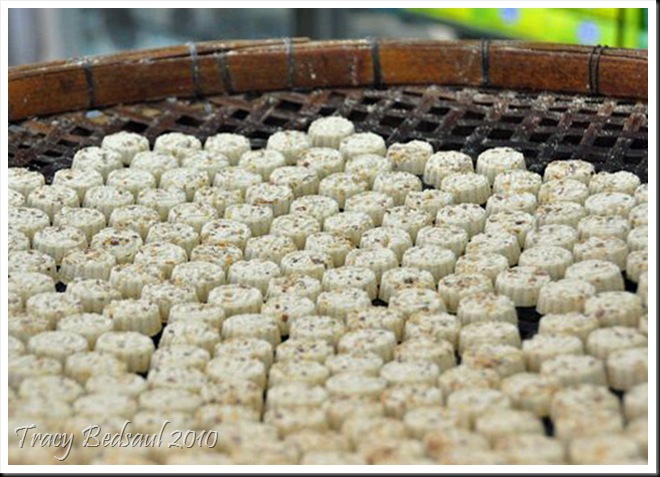
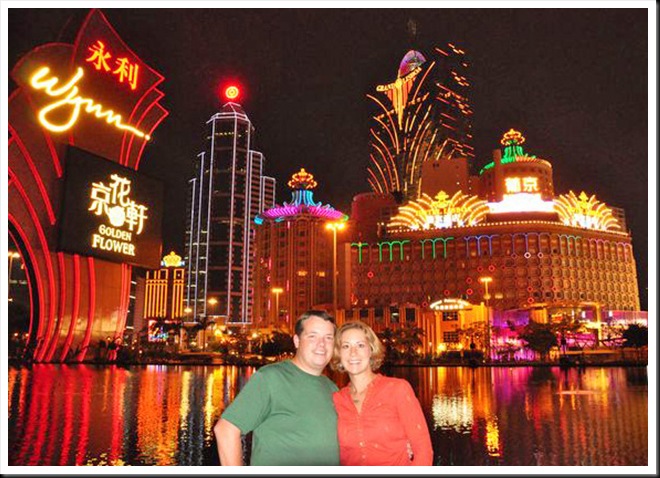
![DSC_1270 [640x480] DSC_1270 [640x480]](http://lh5.ggpht.com/_XPN-SmOfumQ/TIPYghZPKWI/AAAAAAAAGE4/6vWi95Yz3Q4/DSC_1270%20%5B640x480%5D_thumb%5B6%5D.jpg?imgmax=800)
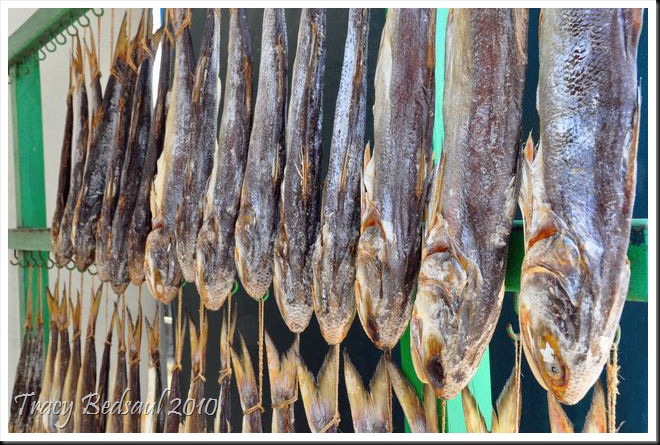
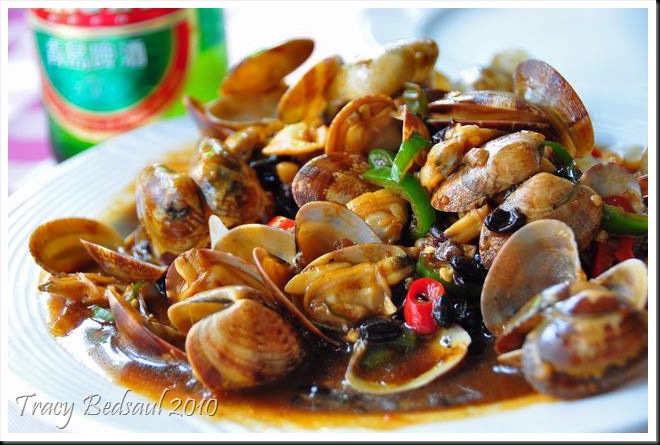

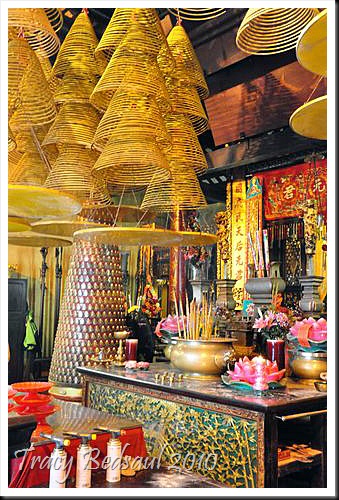
![DSC_1209 [800x600] DSC_1209 [800x600]](http://lh3.ggpht.com/_XPN-SmOfumQ/TIPYkW0ewnI/AAAAAAAAGFg/bsrwfXPDzCY/DSC_1209%20%5B800x600%5D_thumb%5B4%5D.jpg?imgmax=800)
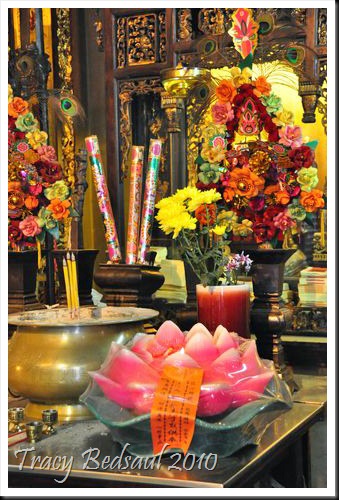
![DSC_1182 [800x600] DSC_1182 [800x600]](http://lh4.ggpht.com/_XPN-SmOfumQ/TIPYmGBkkBI/AAAAAAAAGFw/075WXgPR6Dg/DSC_1182%20%5B800x600%5D_thumb%5B4%5D.jpg?imgmax=800)
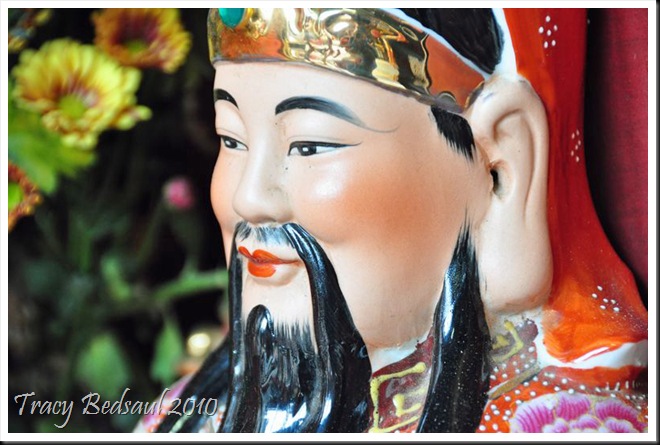
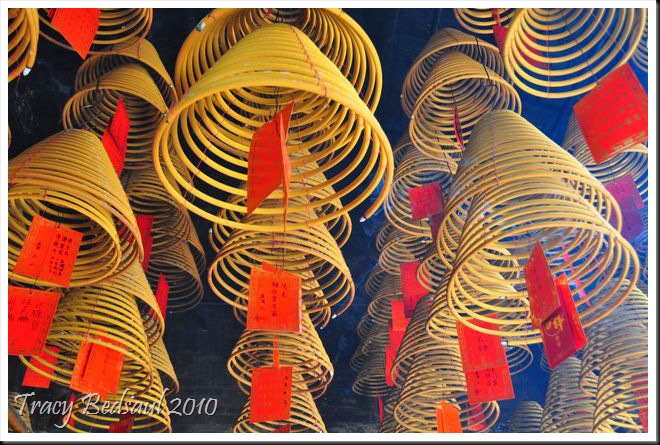
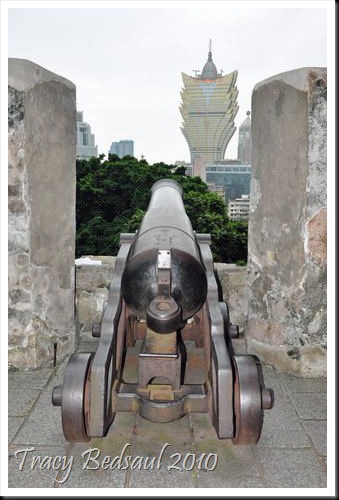
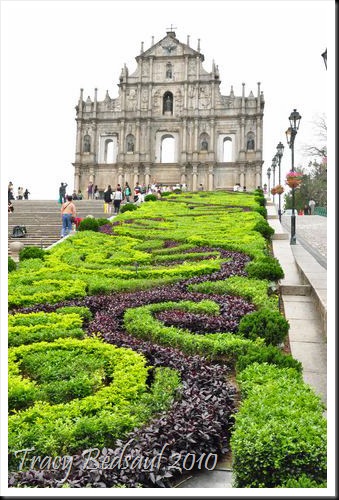
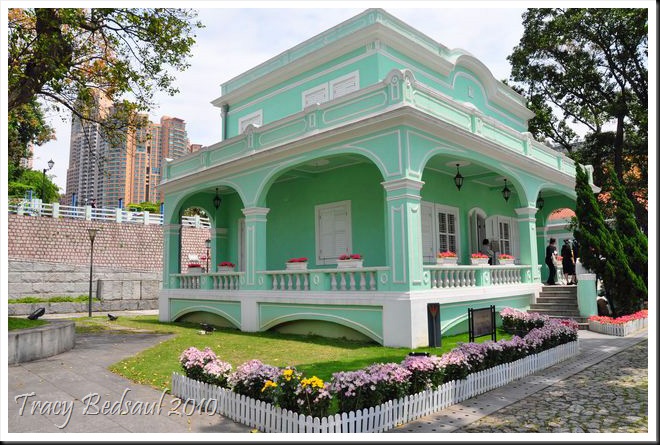
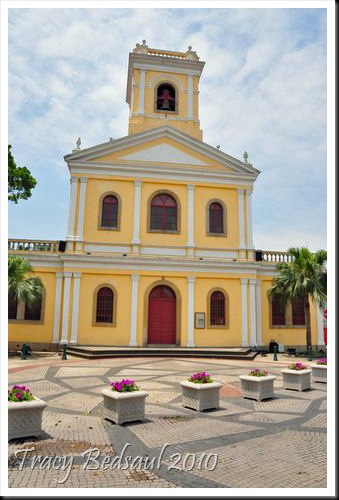
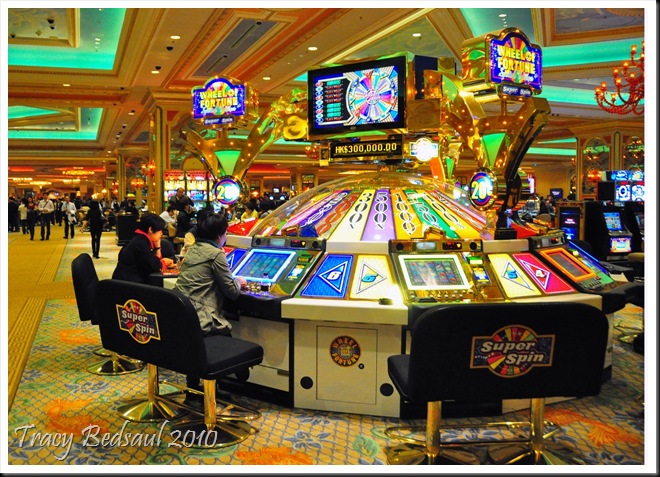
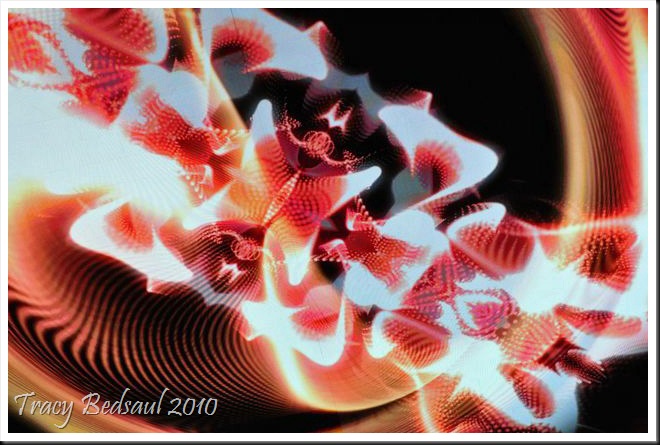
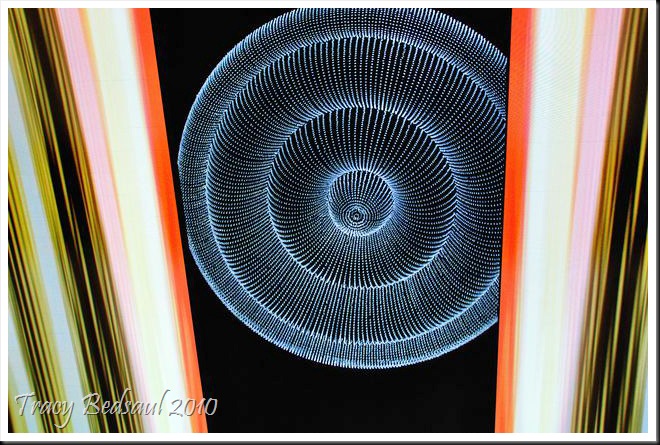
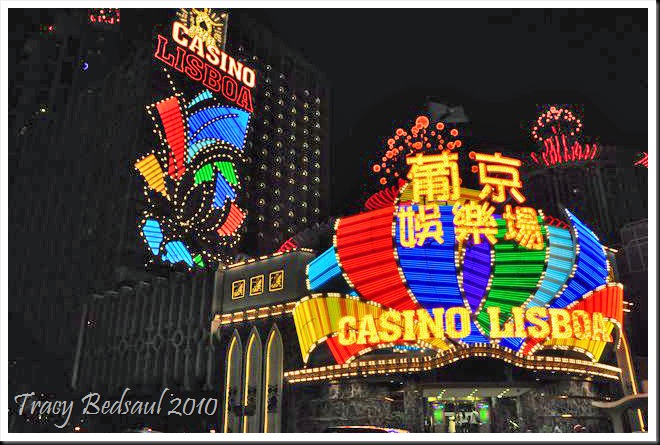
![DSC_1374 [640x480] DSC_1374 [640x480]](http://lh4.ggpht.com/_XPN-SmOfumQ/TIPYvjcONbI/AAAAAAAAGHM/uAzjxhi8moI/DSC_1374%20%5B640x480%5D_thumb%5B6%5D.jpg?imgmax=800)
